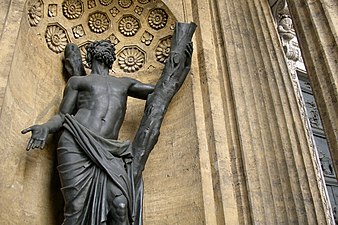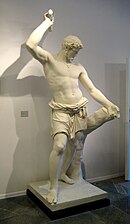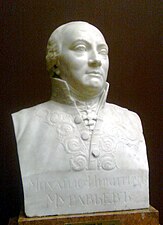
Prince Michael Andreas Barclay de Tolly was an Imperial Russian soldier of Baltic German and Scottish origin, who was commander-in-chief and Minister of War of the Russian Empire during Napoleon's invasion in 1812 and the War of the Sixth Coalition. Barclay implemented a number of reforms during this time that improved supply system in the army, doubled the number of army troops, and implemented new combat training principles. He was also the Governor-General of Finland.

Nevsky Prospect is the main street in the federal city of St. Petersburg in Russia. It takes its name from the Alexander Nevsky Lavra, the monastery which stands at the eastern end of the street, and which in turn commemorates the Russian hero Prince Saint Alexander Nevsky (1221–1263). Following his founding of Saint Petersburg in 1703, Tsar Peter I planned the course of the street as the beginning of the road to Novgorod and Moscow. The avenue runs from the Admiralty in the west to the Moscow Railway Station and, after veering slightly southwards at Vosstaniya Square, to the Alexander Nevsky Lavra.

Kazan Cathedral or Kazanskiy Kafedralniy Sobor, also known as the Cathedral of Our Lady of Kazan, is a cathedral of the Russian Orthodox Church on the Nevsky Prospekt in Saint Petersburg. It is dedicated to Our Lady of Kazan, one of the most venerated icons in Russia.
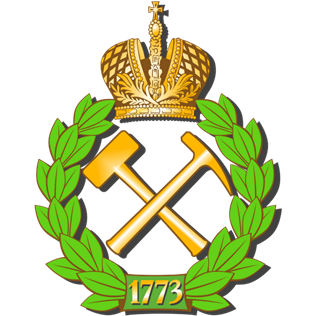
Saint Petersburg Mining University, is Russia's oldest technical university, and one of the oldest technical colleges in Europe. It was founded on October 21, 1773, by Empress Catherine the Great, who realised an idea proposed by Peter the Great and Mikhail Lomonosov for training engineers for the mining and metals industries. Having a strong engineering profession was seen by many Russian rulers as a vital means of maintaining Russia's status as a great power. As historian Alfred J. Rieber wrote, "The marriage of technology and central state power had a natural attraction for Peter the Great and his successors, particularly Paul I, Alexander I, and Nicholas I". All three had had a military education and seen the achievements of the engineers of revolutionary and imperial France, who had reconstructed the great highways, unified the waterways and erected buildings throughout Europe in a more lasting tribute to the French than all of Napoleon's victories.
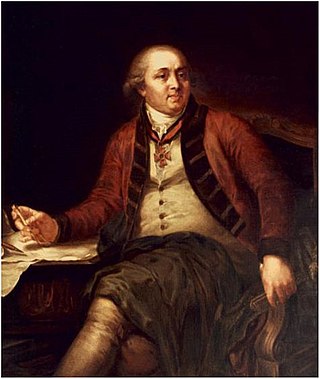
Ivan Yegorovich Starov was a Russian architect from St. Petersburg who devised the master plans for Yaroslavl, Voronezh, Pskov, Dnipro, Mykolaiv, and many other towns in Russia and Ukraine. His radial urban master plan for Yaroslavl (1778), cleverly highlighting dozens historic churches and towers, is recognized as one of the World Heritage Sites.

Peter Jakob Freiherr Clodt von Jürgensburg, known in Russian as Pyotr Karlovich Klodt, was a favourite sculptor of Nicholas I of Russia.
Boris Ivanovich Orlovsky was a Russian Neoclassical sculptor.
The appearance of Saint Petersburg includes long, straight boulevards, vast spaces, gardens and parks, decorative wrought-iron fences, monuments and decorative sculptures. The Neva River itself, together with its many canals and their granite embankments and bridges help to give the city its particular ambience.

Ministry of War of the Russian Empire, was an administrative body in the Russian Empire from 1802 to 1917.

The Alexander Garden lies along the south and west façades of the Russian Admiralty in St. Petersburg, parallel to the Neva River and Admiralty Quay, extending from Palace Square in the east to St. Isaac's Cathedral in the west. The English park is named after Alexander II of Russia who ordered some 52 species of trees to be planted there. It was formerly known as the Admiralty Boulevard, the Admiralty Meadow, and the Labourers Garden.

Matthew Afanasyevich Chizhov (1838–1916) was a Russian sculptor.

Pyotr Vasilievich Basin was a Russian religious, history and portrait painter. He also served as a Professor at the Imperial Academy of Arts.
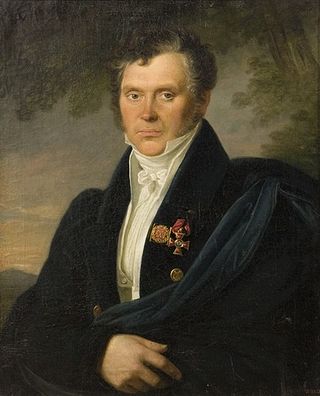
Stepan Stepanovich Pimenov was an artist and sculptor of the Russian Empire. He was closely associated with Vasily Demut-Malinovsky, with whom he worked on the decoration of buildings designed by Carlo Rossi and Andrey Voronikhin. He was an academician of the Imperial Academy of Arts from 1807, and a full professor from 1814.

The Suvorov Monument is a bronze sculpture of Generalissimo Alexander Suvorov located in Saint Petersburg. It is at the centre of Suvorov Square, opposite the Field of Mars and the Trinity Bridge, and between the Marble Palace and the Saltykov Mansion.

Vasily Petrovich Ekimov, sometimes spelled as Yekimov or Yakimov, was a Russian Empire master founder.
Nikolai Alexandrovich Ramazanov (Russian: Николай Александрович Рамазанов was a Russian sculptor, painter, writer and art historian.

Samuil Ivanovich Galberg or, in German, Samuel Friedrich Halberg was a Baltic-German sculptor and academician.


